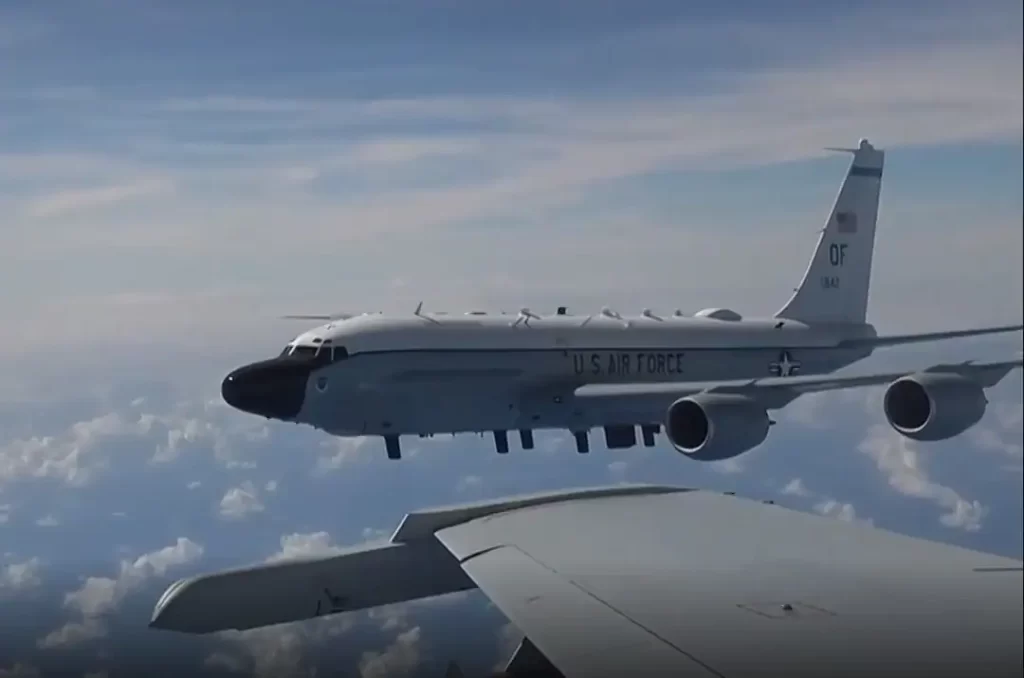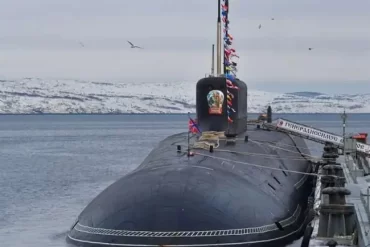The recent confrontation (December 21, 2022) between a Chinese fighter jet and a US reconnaissance plane in the South China Sea has sparked a heated exchange of accusations between the two countries. The US military claimed that a Chinese J-11 fighter jet had come within 6 meters of the US RC-135 aircraft, forcing the latter to take evasive maneuvers to avoid a collision. China’s defense ministry has disputed this account, stating that it was the US aircraft that engaged in “dangerous maneuvers” and that it was conducting close-in reconnaissance on China’s southern coastline.

The South China Sea has long been a source of tension between the United States and China, with both countries competing for influence and control in the region. The South China Sea is a strategically important waterway through which trillions of dollars in trade flow every year, and it also contains rich fishing grounds and potential oil and gas reserves.
China has been increasingly assertive in its territorial claims in the South China Sea, building military bases and infrastructure on disputed islands. This has led to tensions with other countries in the region, including Vietnam, the Philippines, and Malaysia, who also have territorial claims in the area.
The United States has a long history of presence in the South China Sea and has expressed its commitment to maintaining its influence in the region. To this end, the US has conducted naval patrols and military exercises in the area, which have contributed to the tensions between the two countries.
This incident serves as a reminder of the potential for conflict in the South China Sea and the importance of finding ways to peacefully resolve disputes. Both China and the US should prioritize diplomacy and dialogue in times of conflict or disagreement, rather than resorting to insults or baseless accusations.
In November 2022, the US defense secretary, Lloyd Austin, had a meeting with his Chinese counterpart in which he emphasized the importance of improving crisis communications. Both sides should work towards this goal and commit to maintaining risk reduction and crisis management efforts as separate from other bilateral issues, regardless of political tensions.







